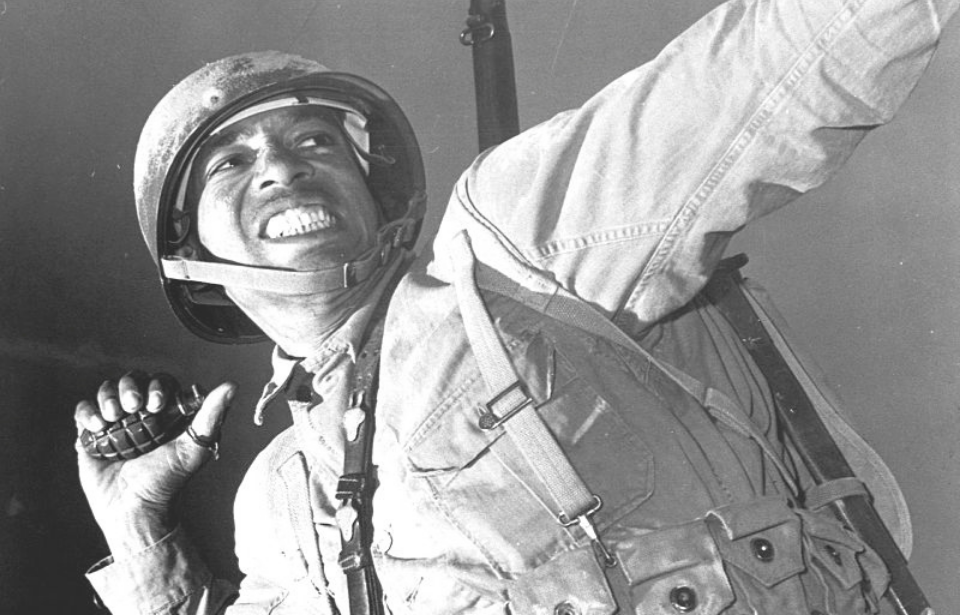When it comes to explosive weapons, nothing is more recognizable (and misunderstood) than the hand grenade. Movies and video games usually depict someone pulling the grenade pin out with their teeth, tossing it in the direction of the enemy and waiting for the ensuing explosive fireball to take out their target. In reality, nothing about that scene showcases how grenades are handled in real life.
Here are just six things the majority of war movies get wrong when it comes to grenades and their use in combat.
What is a grenade?
Most modern hand grenades consist of an inner explosive charge, a detonator and an internal striker to detonate the charge, which is all held together with a lever and pin safety device. There are different types of grenades for various purposes, but the most common is the fragmentation grenade.
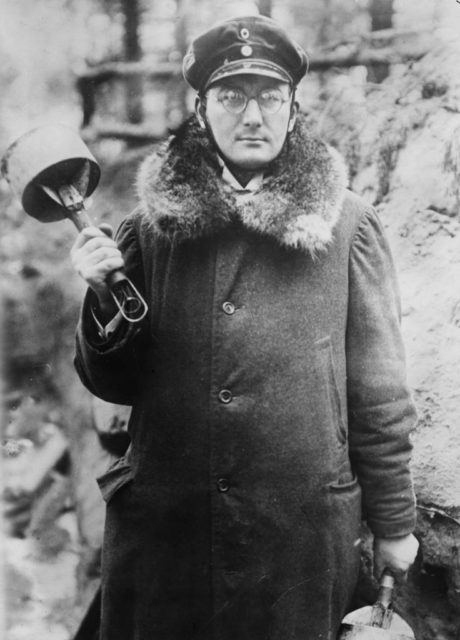
The first grenades date back to the Byzantine Empire. Byzantine grenades were small, pomegranate-shaped ceramic canisters filled with “Greek fire,” a combustible compound used to burn down ships during naval battles. During the Song Dynasty (960 to 1279 AD), the Chinese also developed grenades from ceramic vessels that were filled with gunpowder and fuses.
The first modern grenade was developed in Britain in 1906, but the British Army didn’t officially adopt the weapon until 1913. Hastened by the start of World War I, new models of hand grenades were created all over Europe, such as the the Mills bomb, which was the first modern fragmentation grenade.
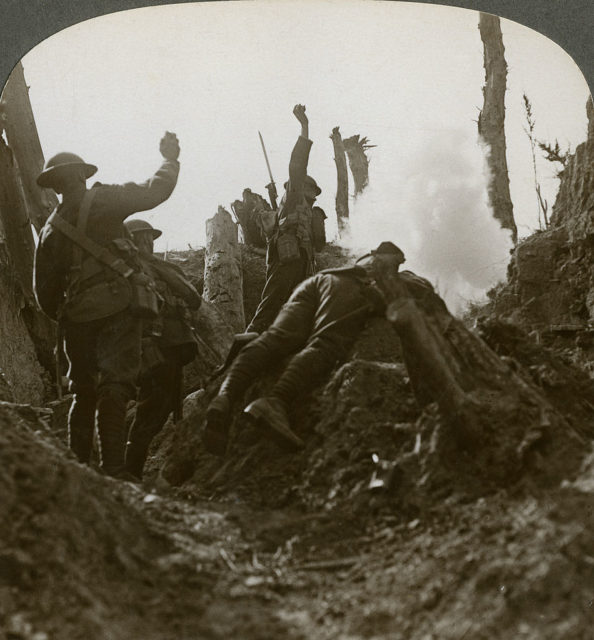
Today, grenades vary in form and purpose, from the classic fragmentation grenade to high explosive grenades, anti-tank grenades and stun grenades (also known as flashbangs).
Movie error #1: Pulling the pin with your teeth
Now that we’ve provided a brief history on grenades, it’s time to move onto what Hollywood has gotten wrong about the explosive weaponry. The first is a rather common error: soldiers pulling a grenade’s pin with their teeth.

The safety pin of a grenade is made to be tough to pull out, especially when it’s bent. If it was as easy to pull as it appears in film, then it wouldn’t be a safe or portable weapon, let alone reliable. While a soldier can certainly pull the pin out with their teeth, it will likely cost them a trip to the dentist (and no one likes visiting the dentist).
It’s much easier and safer to pull the pin out with their hands.
Movie error #2: A massive fireball explosion
Most war movies depict characters throwing a grenade, which triggers a massive explosion. Oftentimes, this is followed by said character running in slow-motion, as is the way with Hollywood. That’s not actually the case, however. Grenades are not intended to cause huge fireballs. Instead, they’re meant to launch pieces of shrapnel meters around them.
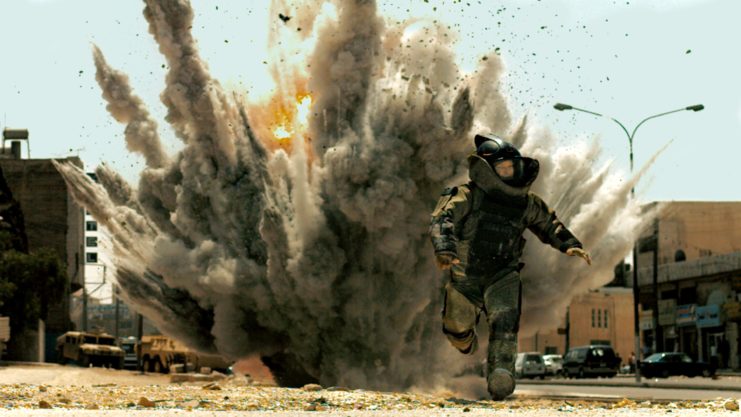
The average causality radius of a hand grenade is between five and 20 meters. From 10 meters away, one grenade can kill a bystander, while serious injuries can occur from 20 meters. Even though a grenade explosion can be deadly, the weapon lacks the power necessary to create a massive fireball like in the movies.
Movie error #3: The effects of shrapnel
Of the types of grenades used today, the M67 fragmentation grenade is one of the most prolific. Fragmentation grenades are defensive weapons designed to break apart and spray shrapnel upon detonation. Even improvised grenades, such as the incendiary Molotov cocktail, use a similar method of fragmentation to deal maximum damage.
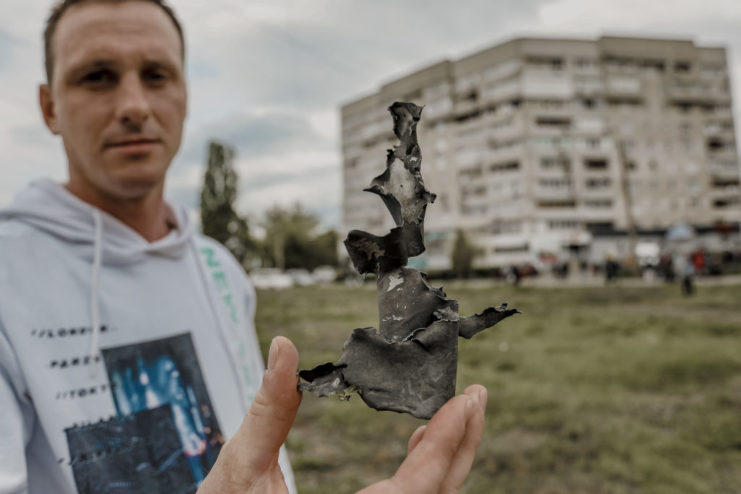
Many movies, television shows and video games leave out the shrapnel component of grenades. Instead, they portray the explosion itself as the weapon’s primary lethal effect. In reality, the blast from a grenade alone likely wouldn’t kill anyone standing within the casualty radius (as mentioned above). The danger posed by shrapnel is much more deadly.
Movie error #4: Throwing the grenade like a baseball
When soldiers throw a grenade in movies, they usually throw it lightly over the shoulder like a baseball. In reality, grenades are much heavier than the average baseball, weighing around 400 grams (depending on the model), while a baseball only weighs 141 grams.
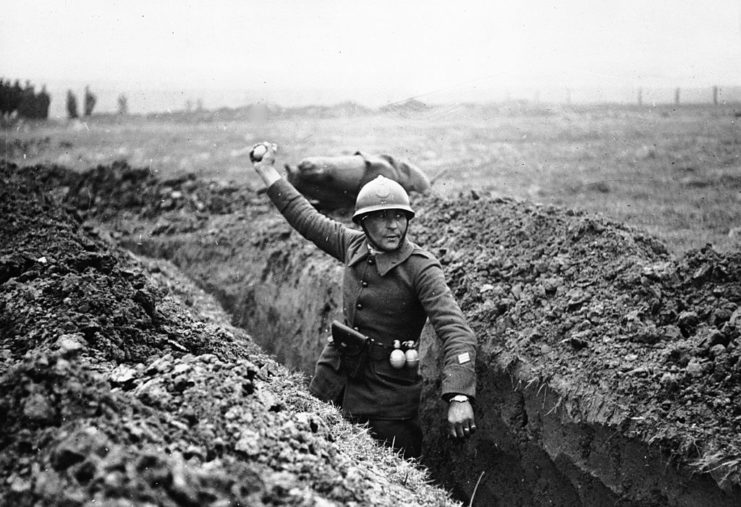
It takes time and practice for soldiers to properly learn how to throw a grenade with enough force to avoid falling victim to the 20-meter-wide causality radius.
Movie error #5: Projectile grenades are not missiles
Grenade launchers, also known as projectile grenades, have become one of the most easily recognizable weapons in the world. They were first used in modern combat during WWI and were constructed from items like crossbows and catapults. As such, they were less effective than the ones used today.
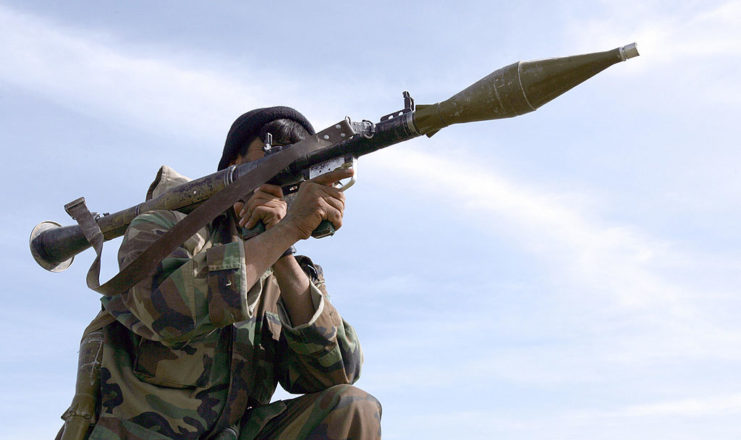
Today, projectile grenades are so sophisticated that they often get mistaken for missiles and rocket-propelled grenades (RPGs). RPGs are much larger and use larger ammunition that’s equipped with its own internal fuel supply, while grenade launchers are smaller rifles that use external fuel to launch fragmentation grenades, which slightly reduces the risk of getting blown up.
Both rocket launchers and grenade launchers have their advantages. Grenade launchers are smaller and can be fired faster than a rocket launcher, but rocket launchers can fire missiles at a greater distance. Even though movies like to use grenade launchers and rocket launchers interchangeably, they couldn’t be more different!
Movie error #6: You can’t actually throw grenades back
One movie trope that likely bothers many soldiers and military enthusiasts is when characters throw back unpinned grenades – especially when they’ve been sitting on the ground for more than a few seconds. While throwing the weapon back can be accomplished in some circumstances, it’s incredibly difficult (and inadvisable), unless one has a death wish.
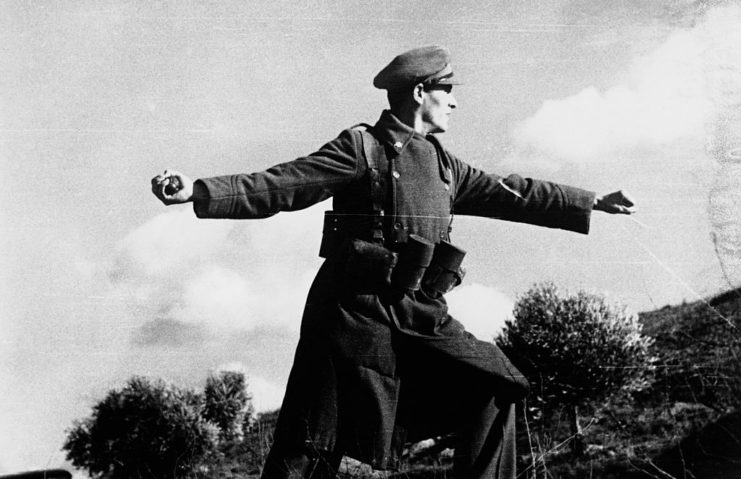
More from us: The Worst Position to Hold in WWII Was as a Ball Turret Gunner
There’s only a few seconds of space between the pin being pulled and the grenade going off, and thus the only way a soldier could even successfully lob the weapon back is if they were to catch it straight out of the air. This hardly ever happens. The most likely scenario is it’ll roll and bounce on the ground, not giving someone enough time to run up to it, grab it and throw it back before detonation.
